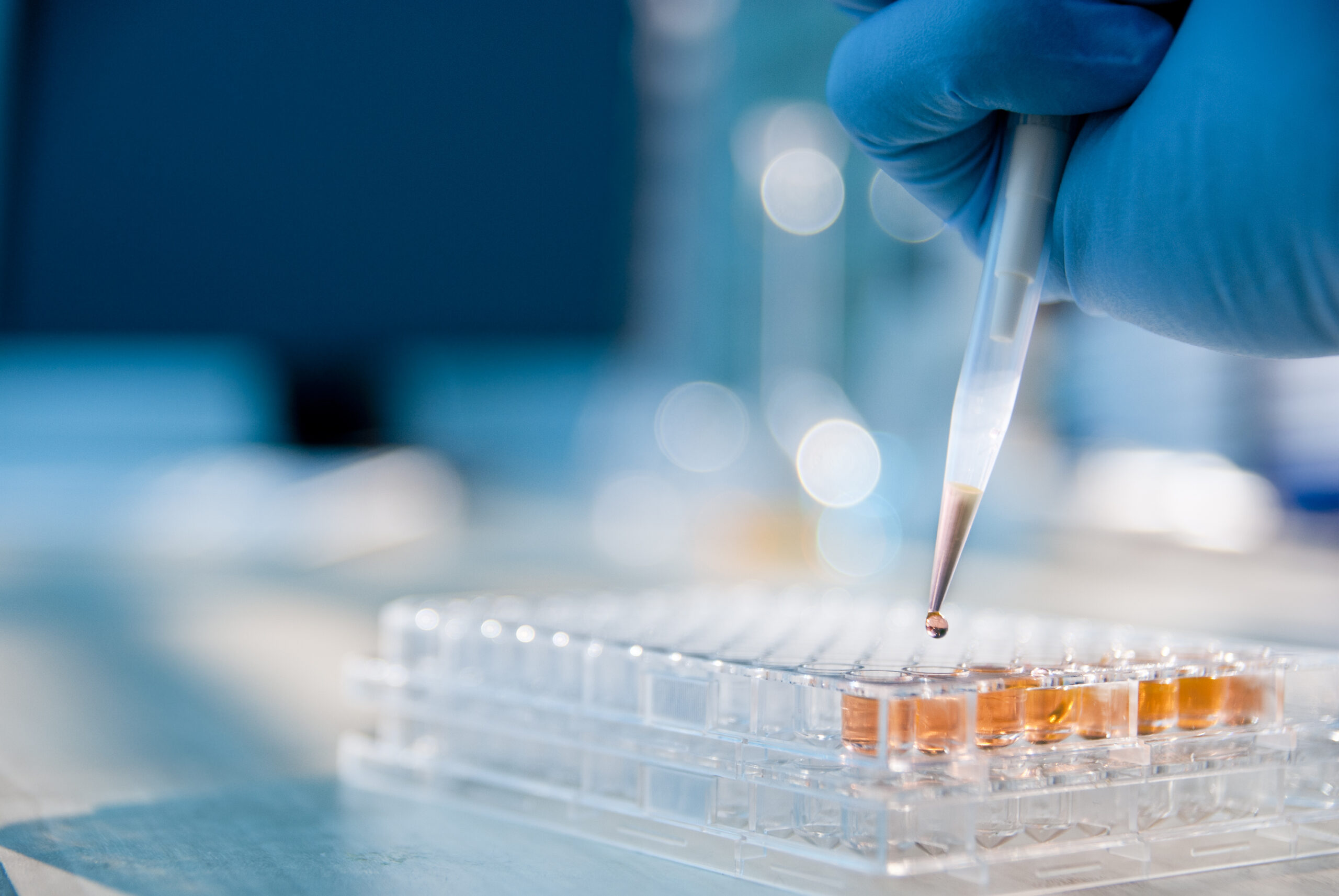
University of Utah Health scientists have corrected abnormal heart rhythms in mice by restoring healthy levels of a protein that heart cells need to establish connections with one another.
The finding suggests a new strategy for treating the abnormal heart rhythms caused by arrhythmogenic cardiomyopathy, one of the leading causes of sudden cardiac arrest in athletes under younger than 35, The results may also have implications for treating dangerous arrhythmias associated with more common conditions, such as those that can develop soon after a heart attack.
People with arrhythmogenic cardiomyopathy are born with normal hearts but begin to develop an irregular heartbeat in their 20s or 30s. These arrhythmias can raise the heart rate to dangerous levels and explain why some individuals with the condition experience sudden cardiac arrest during exercise.
Patients diagnosed with arrhythmogenic cardiomyopathy are advised to restrict exercise. They may also benefit from an implantable defibrillator to control their heartbeat. As the disease progresses, it prevents the heart from pumping blood efficiently, and eventually patients need a heart transplant.
U of U Health scientists detected a problem with a key protein, called Connexin 43, among people who have arrhythmogenic cardiomyopathy who underwent transplant. In healthy hearts, Connexin 43 forms channels between adjacent cells, facilitating communication. The diseased hearts made normal amounts of the protein, but it wasn’t at the edges of cells where it belonged.
This was likely because there wasn’t enough of another protein called GJA1-20ka. The researchers knew from previous experiments that without this protein, the heart’s cells wouldn’t be able to get Connexin 43 to the right place.
To determine if they could restore the heart’s normal rhythm, the scientists turned to mice that have similarities to people with arrhythmogenic cardiomyopathy. The researchers used low doses of gene therapy to bring GJA1-20k back to normal levels. This, they confirmed, enabled heart muscle cells to transport Connexin 43 to its proper locations.
Most importantly, it gave the animals a more normal heartbeat.
The treatment success in mice suggests that raising levels of GJA1-20k might restore normal heart rhythms in patients with arrhythmogenic cardiomyopathy, too. For patients, it might be possible to deliver the therapeutic protein directly to the heart. Further research will be needed to develop the treatment for clinical use.

